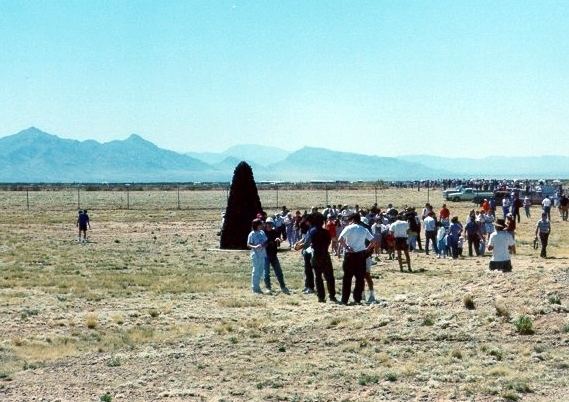 | ||
Atomic tourism is a relatively new type of tourism in which visitors learn about the Atomic Age by traveling to significant sites in atomic history such as museums with atomic weapons, vehicles that carried atomic weapons or sites where atomic weapons were detonated. The Center for Land Use Interpretation has conducted tours of the Nevada Test Site, Trinity Site, and other historical atomic age sites, to explore the cultural significance of these Cold War nuclear zones. The book Overlook: Exploring the Internal Fringes of America describes the purpose of this tourism as "windows into the American psyche, landmarks that manifest the rich ambiguities of the nation's cultural history." A Bureau of Atomic Tourism was proposed by American photographer Richard Misrach and writer Myriam Weisang Misrach in 1990.
Contents
Research and production
Delivery vehicles
Miscellaneous
Explosion sites
Atomic accidents
Literary and cinematic works on atomic tourism
The novel O-Zone, by Paul Theroux, involves a group of wealthy New York tourists who enter and party in a post-nuclear disaster zone in the Ozarks.
